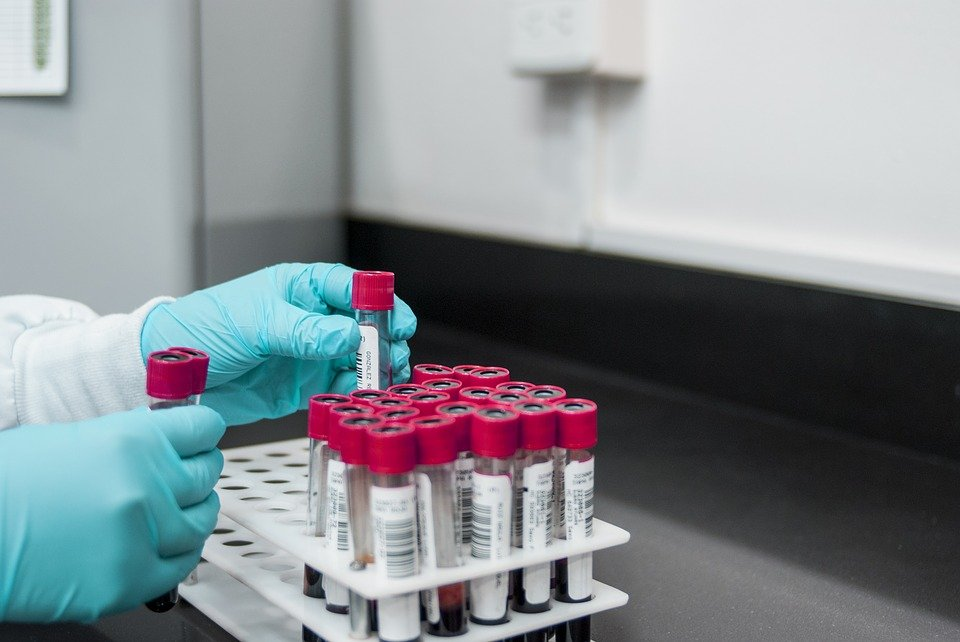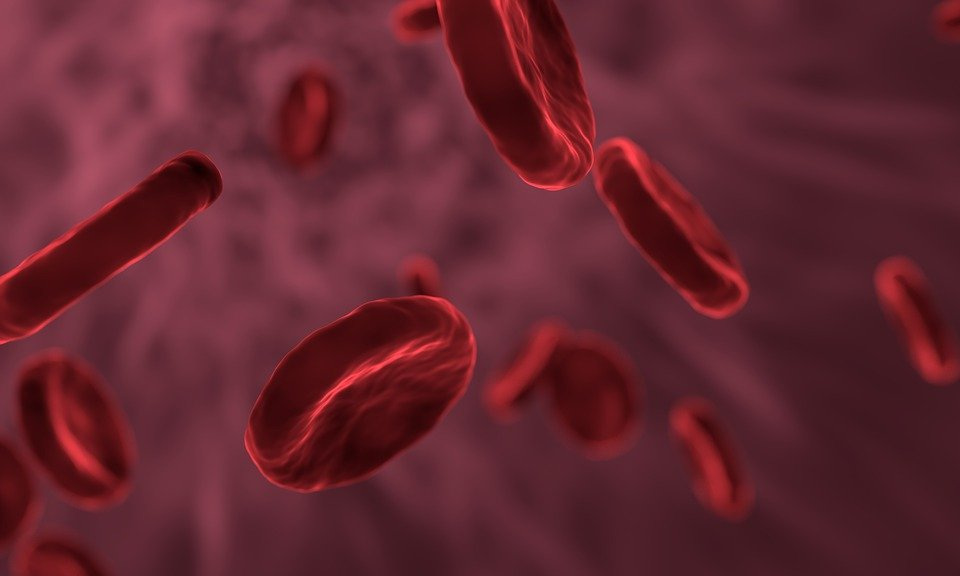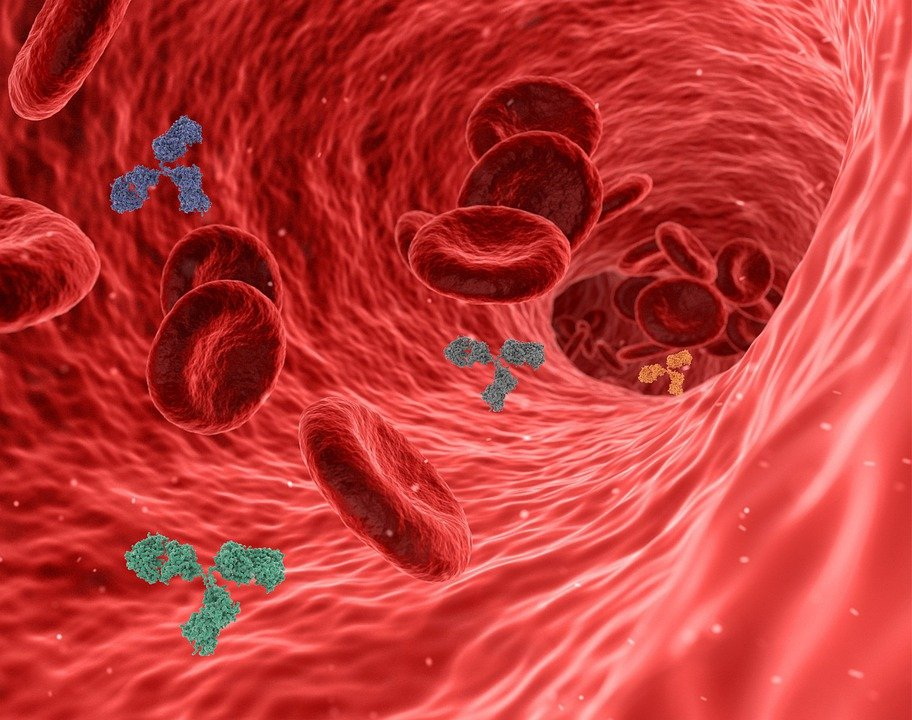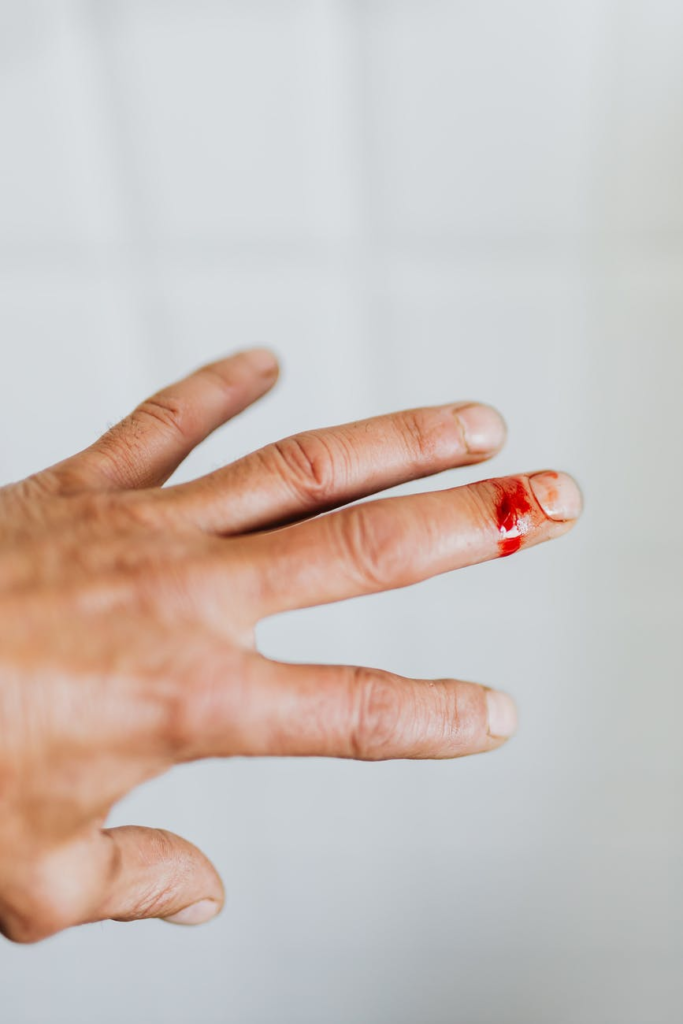
The Difference Between White Blood Cells, Red Blood Cells, And Platelets

Have you ever stared at your blood test result confusedly, wondering what those words mean? Most people feel lost and confused while reading their blood test results. But we can assure you that there’s nothing too intimidating about a blood test result.
If you look closely at the numbers and ranges, you might even decipher the test results and find comfort before your doctor’s appointment. However, to fully understand what your blood tests say, you need to know about blood and its different components.
As you may have read before, blood comprises four components that give blood its viscosity and color. The members are red blood cells, white blood cells, platelets, and plasma.
Each cell carries out vital functions; providing oxygen to your cells, defending your body from diseases, and healing your wounds. These cells also differ in their anatomy and components. When you experience certain symptoms, your bloodstream’s first internal changes are ocurring. Then, with the help of a blood test, your doctor can detect and diagnose your disease.
First, the doctor will check the levels of different cell types. For example, a high quantity of white blood cells will indicate an infection in your body. Due to this reason, doctors ask for a phelebotomy test before prescribing any medication.
Are you interested in knowing what the different cells are made up of and their functions Read on as we break down the differences for a detailed understanding.

Red blood cells
Red blood cells are also called erythrocytes, one of the most essential and abundant cells. The blood’s volume contains 40-50% of red blood cells, which means it performs most of the important functions of the blood.
Anatomy
- It has a diameter of 6 micrometers, making them smaller than white blood cells but bigger than platelets.
- The cells are biconvex in shape.
- Since the cells don’t contain nuclei, they can squeeze through even the smallest capillaries.
- Red blood cells are mostly known for their property to expand. They can swell up into a spherical shape containing 150 femtoliters without bursting.
- Red blood cells are created in the bone marrow. It takes about seven days for the cells to mature and enter the bloodstream.
- The lifespan of a red blood cell is 120 days, which means by the time an old cell breaks down, new cells are present to replace them.
Components
Red blood cells contain:
- Hemoglobin: Each RBC contains 270 million hemoglobin molecules with a Haem protein. This protein looks like a plate that carries oxygen molecules.
- Iron: The RBC also contains iron Fe, the 26th element on the periodic table.
Function
The two main parts of red blood cells are:
- Red blood cells are solely responsible for supplying oxygen from the lungs to the body’s different cells. This means these cells must reach the tiniest blood vessels.
- Red blood cells are also responsible for taking carbon dioxide back to the lungs.
Disorders
Many disorder are associated with fluctuating red blood cells:
High red blood cells
A high quantity of red blood cells is caused by dehydration, lung diseases, high altitude, hypoxia, blood disorders, and carbon monoxide poisoning.
Low red blood cells
Conversely, a low quantity of red blood cells is caused by blood loss and various types of anemia.
Sickle cell anemia:
This type of anemia is hereditary; the shape of the red blood cell is shaped like a “c” instead of its standard form.
Normocytic anemia:
When the body does not naturally produce enough red blood cells, normocytic anemia may be the cause.
Hemolytic anemia:
The slow production of red blood cells in the bone marrow is hemolytic anemia. This means that cells are not produced quickly enough, leading to low levels of RBCs.
Pernicious anemia:
When the stomach lining becomes weak, or an autoimmune disease attacks the body, pernicious anemia is developed, resulting in vitamin B12 deficiency.
Summary
Red blood cells are the main components of the blood, and they carry oxygen to different tissues and cells in the body. Without enough red blood cells, a patient can experience fatigue and respiratory problems. Red blood cells have a unique and flexible structure that allows them to get into the narrowest places.

White blood cells
White blood cells are the second type of cells in the blood. In no way are they any less crucial than red blood cells though; they are found in blood and lymph nodes. These cells are also known as leukocytes, making up one percent of the blood and an integral part of the immune system. So even though the quantity of white blood cells is relatively less than platelets and red blood cells, their impact is enormous.
Types of white blood cells
There are five types of white blood cells in our bodies:
Granulocytes:
These types contain granules of protiens. There are three types of granulocytes.
- Neutrophils: This first line of defense; these white blood cells fight against bacteria and viruses. These cells are the first to respond to invaders in the body. These cells also send signals to other cells to alert pathogens in the bloodstream.
- Eosinophils: These white blood cells fight off parasitic infections (worms).
- Basophils: These cells are good at fighting allergens. Asthma patients usually have high levels of these.
Lymphocytes:
B cells and T cells are primarily responsible for controlling repeated infections. They are often known as memory cells, as they recognize different types of invaders in the blood. In addition, they can retain information about pathogens from previous infections.
Monocytes:
These solid white blood cells make up 7-8 percent of the cells and fight off chronic infections.
Function
- They defend the body from different bacteria, viruses, and parasites.
- They fight autoimmune diseases, infection, inflammation, and cancer cells, making them the ultimate line of defense in your body.
Disorders
There are different reasons why you may have high white blood cells:
Inflammation:
An inflamed area indicates that the white blood cells have accumulated in the area to fight off disease.
Thyroid issues:
Due to the overactive and underactive thyroid, the white blood cells are in abundance in the bloodstreams. As a result, the thyroid gland releases hormones that send signals to the white blood cells to reproduce.
Burns
When a burn victim goes through second to third-degree burns, they will have elevated white blood cells in their body to save the open wound from any bacterial infection.
Leukemia
It is the cancer of white blood cells, and this condition is painful for the patients as the high white blood cells cause many severe symptoms. The red blood cells and platelets are attacked during this time.
Low white blood cells
However, low white blood cells can occur because of many conditions, including the following:
Cancer
The quantity of your white blood cells says a lot about the cells attacking the immune system itself. The lower white blood cells are a clear sign that the body has cancerous cells.
Bone marrow damage
The bone marrow is responsible for producing white blood cells. However, if the bone marrow is damaged, the cells’ production will slow down, resulting in a weak immune system.
Autoimmune diseases
Many autoimmune diseases attack the white blood cells. This makes the production of white blood cells much harder and causes the body to be vulnerable extreme effects of even the mildest illnesses.
Infections
Some infections caused by Tuberculosis and HIV attack the white blood cells which affects the body’s ability to defend itself, which results in low white blood cells.
Summary
Although few, white blood cells have the most vital function. It defends the body from harmful diseases. In addition, these cells can signal each other to fight off a pathogen together.
Each type of white blood cell plays a different role in the body’s defense. Some of these conditions these cells fight off are infections, inflammations, autoimmune diseases, and cancer. A CBC gives an overview of white blood cells too and a fluctuating quantity can indicates that there’s a condition in the body.

Platelets
Platelets are the smallest blood cells, and can only be seen under a microscope. Platelets’ primary function is to create clots on wounds. Platelets are also known as thrombocytes.
These are created in the marrow of the bones, like red and white blood cells. The usual count of platelets in a healthy human body should be 150,000 to 450,000 per microliter of blood.
Anything less than 50,000 is alarming as you may be prone to external and internal bleeding.
Anatomy
- Platelets look like strings or plates running in the blood under a microscope.
- Their size allows them to get anywhere in the body to create a clot over the damaged area.
- They control excessive bleeding from open wounds and openings.
- They have no nucleus making them ideal for streaming through cells and tissues.
- They have 2-3 micrometer diameters and are biconvex shaped.
Function
- Adhesion: If you rupture a capillary or cut your finger, the platelets will move to the site of the wound and start attaching themselves to the affected area, which causes the bleeding to slow down or stop altogether.
- Aggregation: The process of blood clots occurs and the cells connect.
- Coagulation: The platelets then seal up the blood vessel with the coagulation cascade. A solid binding protein, Fibrin, joins the platelets over the wounds. Fibrin is the scab that is found on wounds.
Diseases
Low platelets can result from an autoimmune disease, chemotherapy, pregnancy, viral infections, and medications. High platelets result in frequent blood clots in the blood, which can turn fatal if they enter the lungs, brain, and heart.
Summary
Platelets heal and repair the open wounds. They have a unique shape that gives them an advantage over other cells. They can squeeze through any blood vessel and bind an injury with a blood clot.
These special cells are essential for a patient to recover from any cut, knick, scrape and injury. Platelets help seal the area even when a phlebotomist draws blood from your veins so that you do not bleed out.
That was a lot of information, wasn’t it? To make it all simpler for you, here’s a cheat sheet for what each kind of blood cell type does:
| Components | Red Blood Cells | White Blood Cells | Platelets |
| Scientific name | Erythrocytes | Leucocytes | Thrombocytes |
| Size | 6-8 μm (micrometers) | 12 to 15 µm (micrometers) | 2-3 µm(micrometers) |
| Shape | They are biconcave and lens-like | Different shapes for each type. | They are biconvex and plate-like |
| Percentage in blood | They makes up 50 percent of the blood. | hey makes up 1 percent of the blood. | They makes up less than 1 percent of the blood. |
| Life Span | The life span of red blood cells is 120 days. | The lifespan of white blood cells is different every time. | The life span of circulating platelets is 8 to 9 days. |
| Function | Red blood cells are responsible for the exchange of gases. | White blood cells are responsible for defending the body from pathogens. | Platelets are responsible for creating blood clots at wounds. |
Have you been asked to take a blood test? If you don’t want to leave the comfort of your home for one, you can get Phlebotomy on Wheels services for all your mobile lab services in Maryland. The company has launched its mobile lab service provider in Maryland for different blood tests in 2013.
They have skilled and professional phlebotomists in Annapolis who understand the fear of needles in patients. In addition, the home blood test services in Annapolis make it easier for patients who cannot travel to a clinic and get tested.
You can also obtain their other services; urine tests, stool sample, saliva kits, paternity testing, and glucose tolerance tests. So, contact them today for your next blood test at home.


